Blog
McKinley Morganfield (April 4, 1913 – April 30, 1983), known professionally as Muddy Waters, was an American blues singer and musician who was an important figure in the post-World War II blues scene, and is often cited as the “father of modern Chicago blues“. His style of playing has been described as “raining down Delta beatitude”.
Muddy Waters grew up on Stovall Plantation near Clarksdale, Mississippi, and by age 17 was playing the guitar and the harmonica, emulating local blues artists Son House and Robert Johnson. He was recorded in Mississippi by Alan Lomax for the Library of Congress in 1941. In 1943, he moved to Chicago to become a full-time professional musician. In 1946, he recorded his first records for Columbia Records and then for Aristocrat Records, a newly formed label run by brothers Leonard and Phil Chess.
In the early 1950s, Muddy Waters and his band—Little Walter Jacobs on harmonica, Jimmy Rogers on guitar, Elga Edmonds (also known as Elgin Evans) on drums and Otis Spann on piano—recorded several blues classics, some with the bassist and songwriter Willie Dixon. These songs included “Hoochie Coochie Man,” “I Just Want to Make Love to You” and “I’m Ready“. In 1958, he traveled to England, laying the foundations of the resurgence of interest in the blues there. His performance at the Newport Jazz Festivalin 1960 was recorded and released as his first live album, At Newport 1960.
Muddy Waters’ music has influenced various American music genres, including rock and roll and subsequently rock.
Muddy Waters’ place and date of birth are not conclusively known. He stated that he was born in 1915 at Rolling Fork in Sharkey County, Mississippi, but other evidence suggests that he was born in the unincorporated community of Jug’s Corner, in neighboring Issaquena County, in 1913. In the 1930s and 1940s, before his rise to fame, the year of his birth was reported as 1913 on his marriage license, recording notes, and musicians’ union card. A 1955 interview in the Chicago Defender is the earliest in which he stated 1915 as the year of his birth, and he continued to state that year in interviews from that point onward. The 1920 census lists him as five years old as of March 6, 1920.
more...
The nebula, dubbed Pa 30, appears in the same sky direction now as a bright “guest star” did in the year 1181. Although Pa 30’s filaments look similar to that created by a nova (for example GK Per), and a planetary nebula (for example NGC 6751), some astronomers now propose that it was created by a rare type of supernova: a thermonuclear Type Iax, and so is (also) named SN 1181. In this model, the supernova was not the result of the detonation of a single star, but rather a blast that occurred when two white dwarf stars spiraled together and merged. The blue dot in the center is hypothesized to be a zombie star, the remnant white dwarf that somehow survived this supernova-level explosion. The featured image combines images and data obtained with infrared (WISE), visible (MDM, Pan-STARRS), and X-ray (Chandra, XMM) telescopes. Future observations and analyses may tell us more.
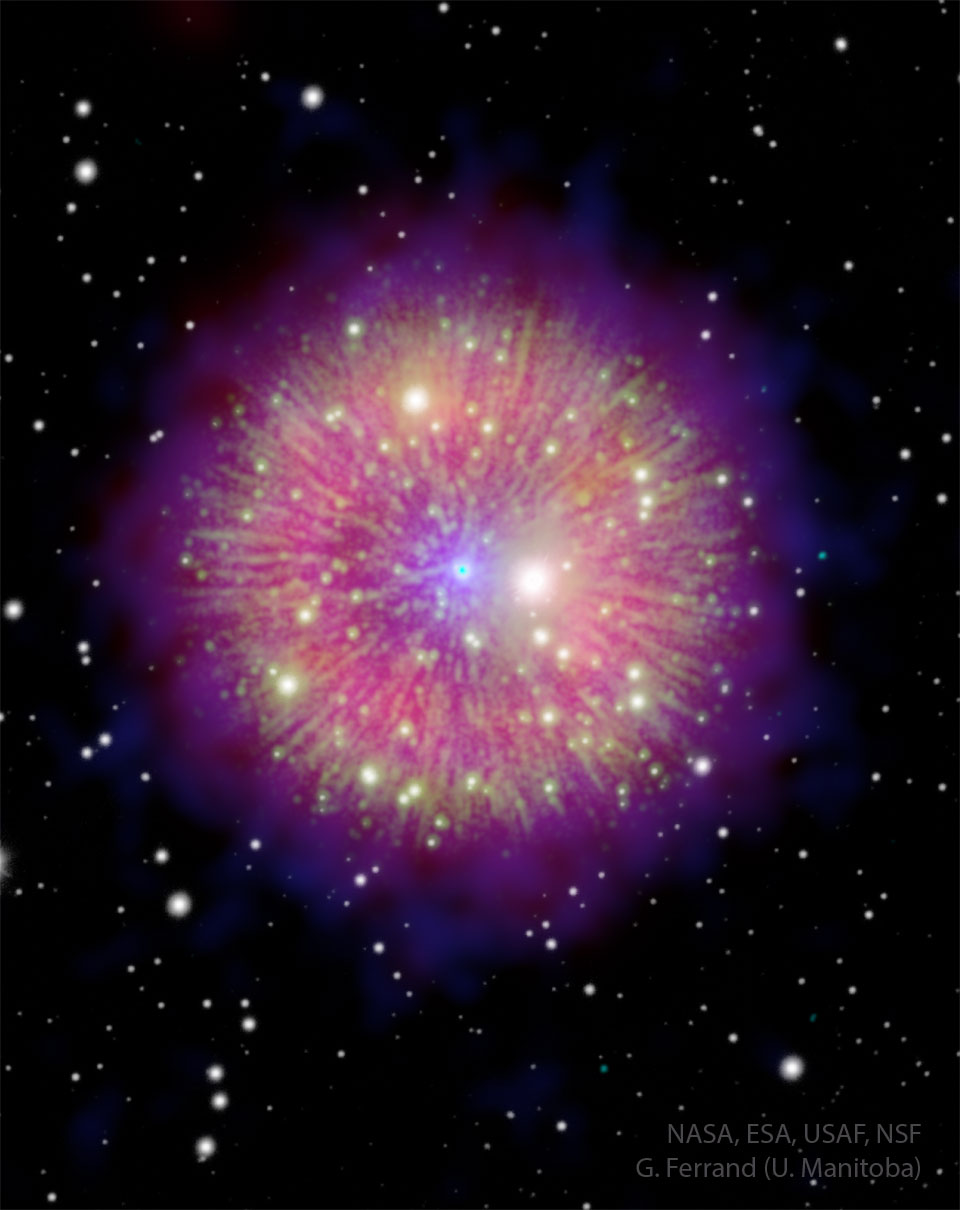
James Harrell McGriff (April 3, 1936 – May 24, 2008) was an American hard bop and soul-jazz organistand organ trio bandleader.
Born in Germantown, Philadelphia, Pennsylvania, McGriff started playing piano at the age of five and by his teens had also learned to play vibes, alto sax, drums and upright bass. He played bass in his first group, a piano trio. When he joined the United States Army, McGriff served as a military policeman during the Korean War. He later became a police officer in Philadelphia for two years.
Music kept drawing McGriff’s attention away from the police force. His childhood friend, organist Jimmy Smith, had begun earning a substantial reputation in jazz for his Blue Note albums (the two played together once in 1967) and McGriff became entranced by the organ sound while Richard “Groove” Holmes played at his sister’s wedding. Holmes went on to become McGriff’s teacher and friend and they recorded together on two occasions in 1973 for two Groove Merchant records.
McGriff bought his first Hammond B-3 organ in 1956, spent six months learning the instrument, then studied at New York’s Juilliard School. He also studied privately with Milt Buckner, Jimmy Smith, and Sonny Gatewood. He was influenced by the energy and dynamics of organist Buckner and the diplomatic aplomb of Count Basie, and by local organists such as Howard “The Demon” Whaley and Austin Mitchell.
more...Rocco Scott LaFaro (April 3, 1936 – July 6, 1961) was an American jazz double bassist known for his work with the Bill Evans Trio. LaFaro broke new ground on the instrument, developing a countermelodic style of accompaniment rather than playing traditional walking basslines, as well as virtuosity that was practically unmatched by any of his contemporaries. Despite his short career, he remains one of the most influential jazz bassists, and was ranked number 16 on Bass Player magazine’s top 100 bass players of all time.
Lafaro was born in Newark, New Jersey, the son of a big band musician. LaFaro was five when his family moved to Geneva, New York. He started playing piano in elementary school, bass clarinet in middle school, and tenor saxophone when he entered high school. He took up double bass at 18 before entering college because learning a string instrument was required of music education majors. After three months at Ithaca College, he concentrated on bass. He played in groups at the College Spa and Joe’s Restaurant on State Street in downtown Ithaca.
LaFaro died in an automobile accident on July 6, 1961, in Seneca, New York, on U.S. Route 20 between Geneva and Canandaigua, four days after accompanying Stan Getz at the Newport Jazz Festival. According to Paul Motian, the death of LaFaro left Bill Evans “numb with grief”, “in a state of shock”, and “like a ghost”. Obsessively he played “I Loves You Porgy“, a tune that had become synonymous with him and LaFaro. Evans stopped performing for several months.
more...Homesick James (April 30, 1910 – December 13, 2006) was an American blues musician known for his mastery of the slide guitar. He worked with his cousin, Elmore James, and with Sonny Boy Williamson II.
Homesick James was born in Somerville, Tennessee, United States, the son of Cordellia Henderson and Plez Williamson Rivers, who were both musicians. The year of his birth is uncertain. He stated that he was born in 1905, 1910, or 1914, while his union records give 1924. His actual birth name has given as James Williamson or John Henderson.
Little is known about his early life. He developed a self-taught style of slide guitar through playing at local dances in his teens. He claimed to have played with Yank Rachell, Sleepy John Estes, Blind Boy Fuller, Sonny Boy Williamson II and Big Joe Williams, among others, and to have been acquainted with Robert Johnson. He also claimed to be the older cousin of Elmore James, to have bought James his first guitar, and to have taught him how to play slide. However, some of these claims are unconfirmed.
more...James Wesley “Bubber” Miley (April 3, 1903 – May 20, 1932) was an American early jazz trumpet and cornet player, specializing in the use of the plunger mute.
Miley was born in Aiken, South Carolina, United States, into a musical family. At the age of six, he and his family moved to New York City where, as a child, he occasionally sang for money on the streets, and later, at the age of 14, studied to play the trombone and cornet.
In 1920, after having served in the Navy for 18 months, he joined a jazz formation named the Carolina Five, and remained a member for the next three years, playing small clubs and boat rides all around New York City. After leaving the band at the age of 19, Miley briefly toured the Southern States with a show titled The Sunny South, and then joined Mamie Smith‘s Jazz Hounds, replacing trumpeter Johnny Dunn. They regularly performed in clubs around New York City and Chicago. While touring in Chicago, he heard King Oliver‘s Creole Jazz Band playing and was captivated by Oliver’s use of mutes. Soon Miley found his own voice by combining the straight and plunger mute with a growling sound. Miley’s alcoholism terminally affected his life. On May 20, 1932, at the age of 29, he died of tuberculosis, on Welfare Island, now Roosevelt Island, in New York City. Miley lived just a little longer than his contemporary, jazz cornetist Bix Beiderbecke, whose life was also cut short due to alcohol abuse.
more...Messier 98, M98 or NGC 4192, is an intermediate spiral galaxy about 44.4 million light-years away in slightly northerly Coma Berenices, about 6° to the east of the bright star Denebola (Beta Leonis). It was discovered by French astronomer Pierre Méchain on 1781, along with nearby M99 and M100, and was catalogued by compatriot Charles Messier 29 days later in his Catalogue des Nébuleuses & des amas d’Étoiles. It has a blueshift, denoting ignoring of its fast other movement (vectors of proper motion), it is approaching at about 140 km/s.
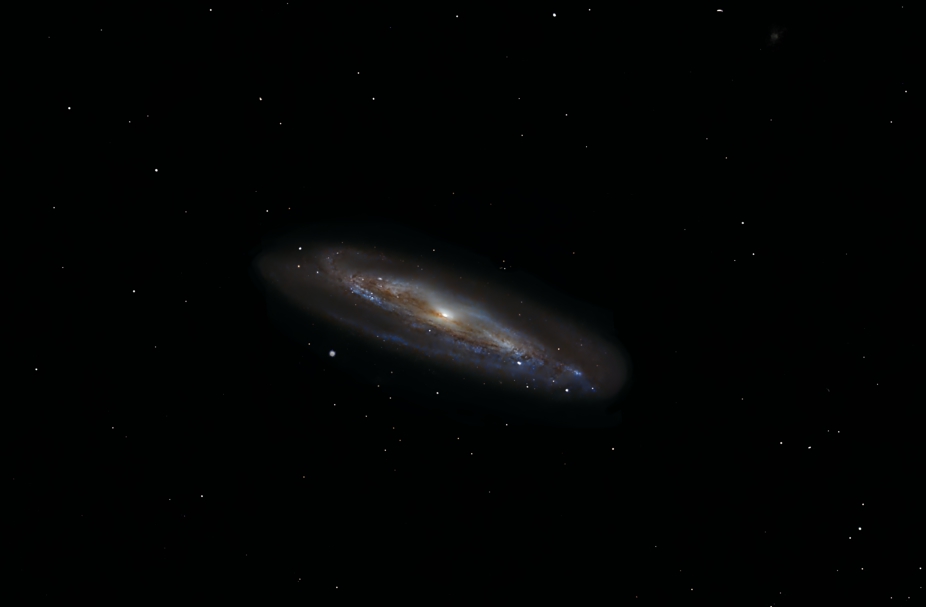
Emmylou Harris (born April 2, 1947) is an American singer, songwriter, musician, bandleader, and activist. A highly regarded figure in contemporary music, she is known for having a consistent artistic direction. Harris is considered one of the leading music artists behind the country rock genre in the 1970s and the Americana genre in the 1990s. Her music united both country and rock audiences in live performance settings. Her characteristic voice, musical style and songwriting have been acclaimed by critics and fellow recording artists.
Harris developed an interest in folk music in her early years which led to her performing professionally. Moving to New York City in the 1960s, she recorded a folk album and performed regionally. She was discovered by Gram Parsons, who influenced her country rock direction. Following his 1973 death, Harris obtained her own recording contract from Reprise–Warner Bros. Her second album, Pieces of the Sky(1975), found both critical acclaim and commercial success. Follow-up 1970s albums further elevated Harris’ career such as Elite Hotel (1976), Quarter Moon in a Ten Cent Town (1978) and Blue Kentucky Girl(1979). By 1980, she had acquired four number one songs on the US and Canadian country charts: “Together Again“, “Sweet Dreams“, “Two More Bottles of Wine” and “Beneath Still Waters“.
Harris had a continued string of commercially and critically successful albums like Roses in the Snow(1980), Evangeline (1981) and Last Date (1982). Her backing group The Hot Band helped establish a musical foundation for her concerts and albums. Her 1980s albums spawned the top ten singles “Wayfaring Stranger“, “Born to Run” and “Last Date“. The 1985 album The Ballad of Sally Rose was among Harris’ first self-written projects. The album (along with its follow-ups) failed to sustain the commercial momentum of previous albums. Harris then collaborated with Dolly Parton and Linda Ronstadt on Trio (1987). The platinum-selling album was also a critical success that spawned four top ten singles.
In 1992, Warner Bros. released the live album At the Ryman. It garnered critical praise and renewed interest in its live venue, the Ryman Auditorium. Harris was inspired to move in a new musical direction with 1995’s Wrecking Ball. She then reunited with Dolly Parton and Linda Ronstadt for Trio II (1999). By the 2000s, Harris had signed with Nonesuch Records and recorded several albums of self-composed material like Red Dirt Girl (2000), All I Intended to Be (2008) and Hard Bargain (2011). She also found collaborative partnerships, such as with Mark Knopfler on the internationally successful All the Roadrunning (2006). She then collaborated with Rodney Crowell on the critically acclaimed Old Yellow Moon (2013) and The Traveling Kind (2015). She also became involved in activism during this time, including starting her own dog rescue called Bonaparte’s Retreat.
Harris has been estimated to have sold over 15 million records worldwide. She has also earned 13 Grammy Awards, placed 27 singles into the top ten of the US country chart, and several of her albums have received gold certifications in the US. She was inducted into the Country Music Hall of Fame in 2008 and was ranked among Rolling Stone‘s list of the 200 Greatest Singers of All Time in 2022.
more...Marvin Pentz Gaye Jr. (April 2, 1939 – April 1, 1984) was an American singer and songwriter. He helped shape the sound of Motown in the 1960s, first as an in-house session player and later as a solo artist with a string of successes, which earned him the nicknames “Prince of Motown” and “Prince of Soul”.
Gaye’s Motown songs include “Ain’t That Peculiar“, “How Sweet It Is (To Be Loved by You)“, and “I Heard It Through the Grapevine“. He also recorded duets with Mary Wells, Kim Weston, Tammi Terrell, and Diana Ross. During the 1970s, Gaye recorded the albums What’s Going On (1971) and Let’s Get It On (1973) and became one of the first artists in Motown to break away from the reins of a production company.
His later recordings influenced several R&B subgenres, such as quiet storm and neo soul. “Sexual Healing“, released in 1982 on the album Midnight Love, won him his first two Grammy Awards. Gaye’s last televised appearances were at the 1983 NBA All-Star Game, where he sang “The Star-Spangled Banner“; and on Motown 25: Yesterday, Today, Forever; and Soul Train.
On April 1, 1984, on the day before his 45th birthday, Gaye was shot and killed by his father, Marvin Gay Sr., at their house in Western Heights, Los Angeles, after an argument. Gay Sr. later pleaded no contest to voluntary manslaughter, and received a six-year suspended sentence and five years of probation. Many institutions have posthumously bestowed Gaye with awards and other honors including the Grammy Lifetime Achievement Award, and inductions into the Rhythm and Blues Music Hall of Fame, the Songwriters Hall of Fame, and the Rock and Roll Hall of Fame.
more...Larry Coryell (born Lorenz Albert Van DeLinder III; April 2, 1943 – February 19, 2017) was an American jazz guitarist.
Larry Coryell was born in Galveston, Texas, United States. He never knew his biological father, a musician. He was raised by his stepfather Gene, a chemical engineer, and his mother Cora, who encouraged him to learn piano when he was four years old.
In his teens, he switched to guitar. After his family moved to Richland, Washington, he took lessons from a teacher who lent him albums by Les Paul, Johnny Smith, Barney Kessel, and Tal Farlow. When asked what jazz guitar albums influenced him, Coryell cited On View at the Five Spot Cafe by Kenny Burrell, Red Norvo with Strings, and The Incredible Jazz Guitar of Wes Montgomery. He liked blues and pop music and tried to play jazz when he was eighteen. He said that hearing Wes Montgomery changed his life.
Coryell graduated from Richland High School, where he played in local bands the Jailers, the Rumblers, the Royals, and the Flames. He also played with the Checkers from Yakima. He then moved to Seattle to attend the University of Washington.
more...
Leon Russell (born Claude Russell Bridges; April 2, 1942 – November 13, 2016 Lawton, OK) was an American musician and songwriter who was involved with numerous bestselling records during his 60-year career that spanned multiple genres, including rock and roll, country, gospel, bluegrass, rhythm and blues, southern rock, blues rock, folk, surf and the Tulsa sound. His recordings earned six gold records and he received two Grammy Awards from seven nominations. In 2011, he was inducted into both the Rock and Roll Hall of Fame and the Songwriters Hall of Fame.
Russell collaborated with many notable artists and recorded at least 31 albums and 430 songs. He wrote “Delta Lady”, recorded by Joe Cocker, and organized and performed with Cocker’s Mad Dogs & Englishmen tour in 1970. His “A Song for You“, which was named to the Grammy Hall of Fame in 2018, has been recorded by more than 200 artists, and his song “This Masquerade” by more than 75.
As a pianist, Russell played in his early years on albums by the Beach Boys, Dick Dale, and Jan and Dean. On his first album, Leon Russell, in 1970, the musicians included Eric Clapton, Ringo Starr, and George Harrison. One of his early fans, Elton John, said that Russell was a “mentor” and an “inspiration”. They recorded their album The Union in 2010, earning them a Grammy nomination.
Russell produced and played in recording sessions for Bob Dylan, Frank Sinatra, Ike & Tina Turner, the Rolling Stones, and many other artists. He wrote and recorded the hits “Tight Rope” and “Lady Blue“. He performed at The Concert for Bangladesh in 1971, along with Harrison, Dylan, and Clapton; for this he earned a Grammy Award.
more...Booker Little Jr. (April 2, 1938 – October 5, 1961) was an American jazz trumpeter and composer. He appeared on many recordings in his short career, both as a sideman and as a leader. Little performed with Max Roach, John Coltrane, and Eric Dolphy and was strongly influenced by Sonny Rollins and Clifford Brown. He died aged 23.
Booker Little Jr. was born in Memphis, Tennessee to Booker, a Pullman porter who was a trombonist, and his wife Ophelia Little, who was a church organist. He also was the brother of Helena, Vivian, and Vera Little (Vera later sung with the London Opera Company). From such a musically inclined family, Little naturally gravitated towards music at a young age. His first instrument was trombone (like his father), but he switched to clarinet at the age of 12. At 14, his band director urged him to switch to trumpet, and he settled on the instrument quickly. In 1952, Little started attending Manassas High School where he continued his development on trumpet and later graduated. Being in Memphis, Little was able to further develop his talent with contemporaries such as Phineas Newborn Jr., George Coleman, Frank Strozier, and his cousin Louis Smith. He was performing with Newborn on a casual basis by his mid-teens.
After graduating, he moved to Chicago, Illinois to continue his studies at the Chicago Conservatory in 1954. At the conservatory, he continued to study trumpet but also incorporated studies in composition, theory, and orchestration with a minor in piano. He would later on graduate with a bachelor’s degree in his main instrument. As a sophomore, Little met Sonny Rollins. For about nine months, they both stayed at the YMCA where Rollins would influence Little greatly by encouraging him to find his own sound versus mimicking other musicians
more...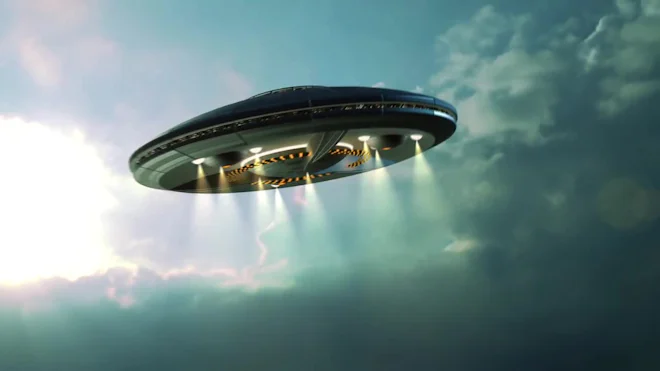

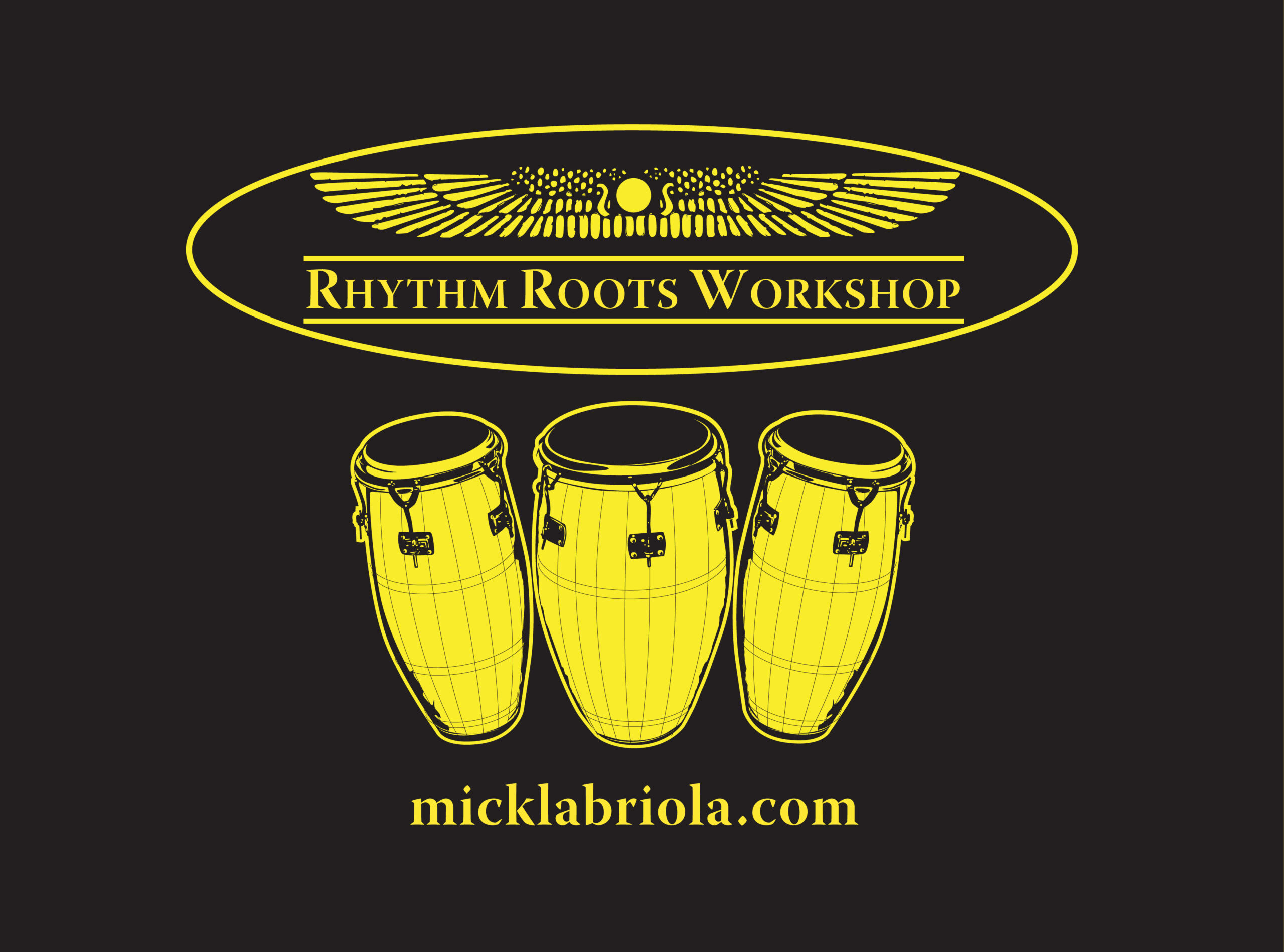
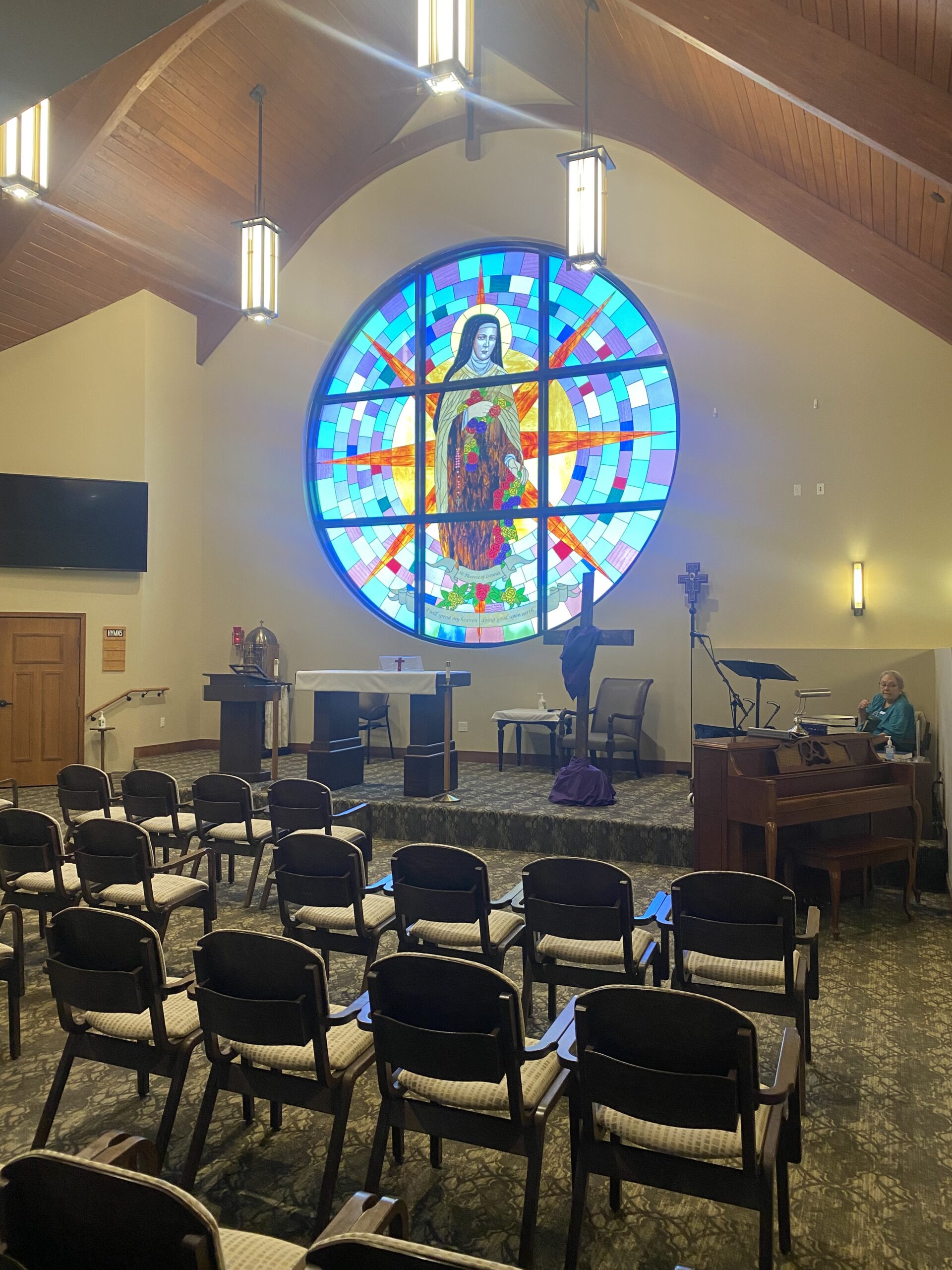
More Posts
- World Music Roopa Panesar
- Daily Roots The Concords
- Cosmos IC 4701
- David Gilmour
- Flora Purim
- Bob Wills
- Wes Montgomery
- SAVE UKRAINE World Music KAZKA
- Daily Roots Mariaa Siga
- Echoes of Freedom
- Cosmos NGC 1499
- Eddie Grant
- Gene Rogers
- Lou Levy
- J. B. Lenoir
- World Music RAIIS KAMAL
- Daily Roots Cornell Campbell
- Echos of Freedom James Baldwin
- David Lindley Memorial
- Cosmos 30 Doradus